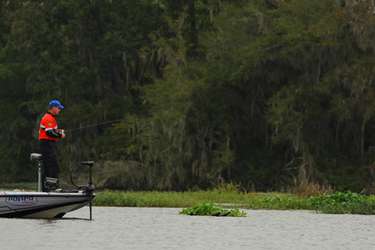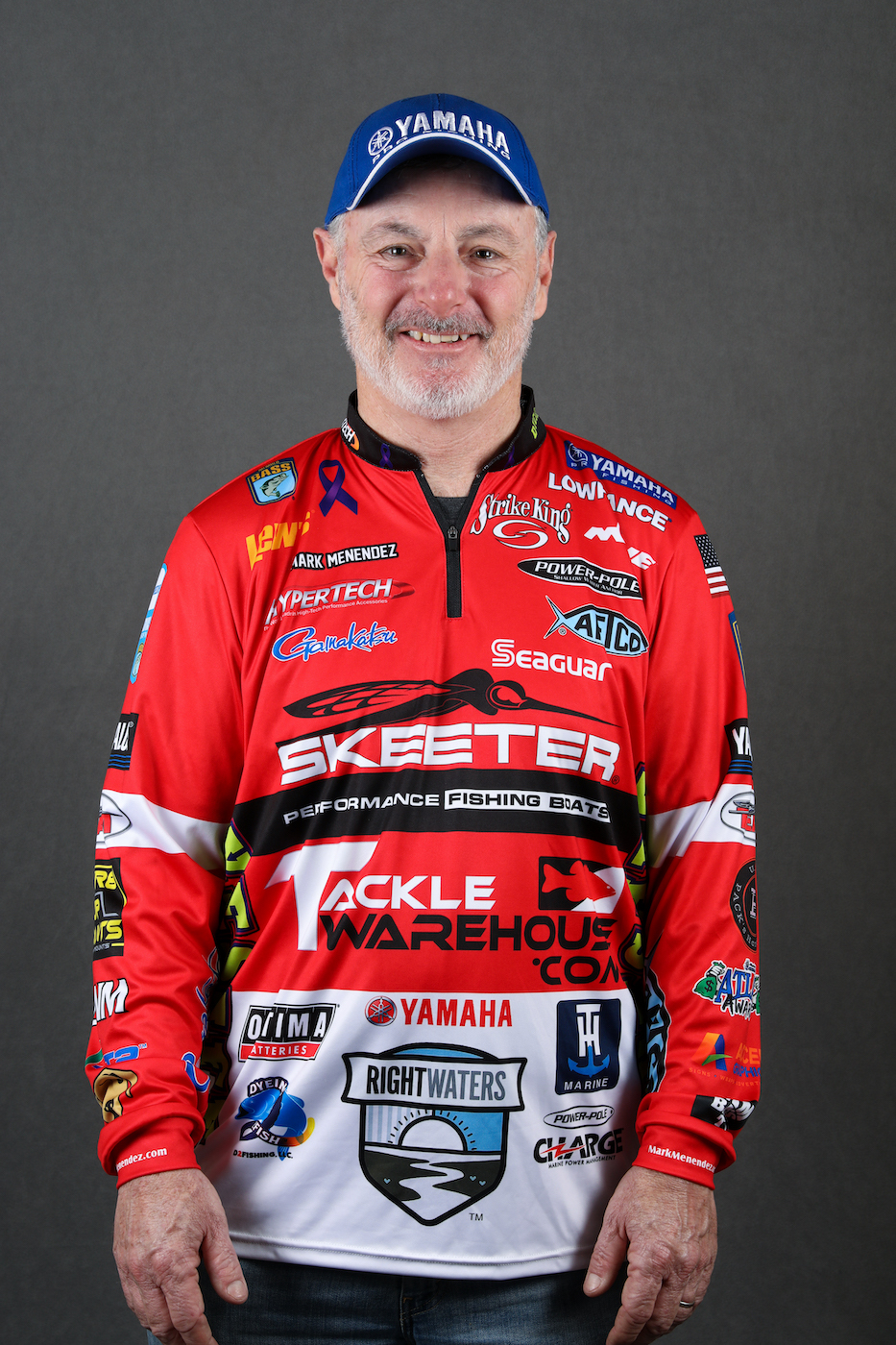
Two of my favorite things in bass fishing are rising right now. The first is the water level on my favorite reservoirs. The second is the water temperature on those same bodies of water. When you have that in combination, great fishing is never far behind.
After a long, cold winter, largemouth bass are starting to think about spawning and moving shallow. This is just about the first chance they've had to do that, and it's a great time to take advantage of the fact that lots of bass — including the big females — are starting to make that migration into the shallows.
One of the best places to target them at this time of the year is the last area of what I like to call "verticality." I'm not sure if it's a word, but I can guarantee you that it's a place where lots of largemouth will gather in preparation of the spawn and one last big feeding binge before they move to the beds.
When I talk about verticality, I'm talking about the last element of steepness or sharp grade to the banks in the backs of creeks and big pockets. You know what I'm talking about here — it's the area where the last part of the shoreline starts to really flatten out.
When I find an area like that at this time of year, I like to stop my boat about 40 yards out from that spot and cover that water with a three-bait attack that should appeal to every bass in the area.
I start with a 1/2-ounce Strike King Redeye Shad, making long casts and covering lots of water. At this time of year, I'll usually have to start out with a slow retrieve because the water's still a little cool. As the day progresses, I'll usually pick up the retrieve speed. On especially warm days, you can really work the bait fast. Of course, you need to let the bass tell you the right retrieve speed and cadence. After all, they're the only ones who know.
As for color, I like a bait with lots of red in it when the water's muddy or really dingy. When it's clear, I'll usually fish a chrome bait. Either way, I'm fishing the Redeye Shad on a Power Tackle fiberglass rod that's really forgiving. It's easy to lose bass on lipless crankbaits if you don't have the right rod.
If it's still cool and I feel I need to slow down to catch these bass, I'll go to a 3/8-ounce Strike King jig in black and blue with a Strike King Rage Craw trailer in green pumpkin or a Carolina rigged Strike King Rage Lizard or Game Hawg fished with a light (1/4 to 3/8 ounce) sinker and short (12 to 14 inch) leader. I throw both of these on a Power Tackle flipping stick that offers plenty of length for long casts and lots of backbone for a powerful hook set.
At this time of year, I take a lot of care to use quality scent on my baits. I know it gets me more strikes. My favorite is a crawfish scent made by BioEdge. They make it in two styles, a liquid they call the "potion" and a stick (like ChapStick) they call the "wand." I especially like the wand when fishing soft plastics and jigs. I'll push it into the weed guard, skirt or all over the worm and know that it's going to hang on the bait for lots of casts.
As far as productive areas are concerned with this pattern, you'll generally do best to start out deeper and off the banks in the mornings. Until the sun gets up and starts to warm the shallows a little bit, most of the bass will be out a little deeper. This is especially true of the bigger females, who move into the shallows and spawning areas after the males.
As the day progresses and warms, expand your fishable area to include the shallower water and water beyond that last area of verticality. If you find a channel swing in the area or find some good shallow cover, that makes this pattern even stronger.
But no matter how many bass you catch in the shallows, don't forget about that deeper water nearby. That's where the big females will congregate and hold while the smaller males are investigating the shallows and looking for areas to build their nests.
You just might catch a limit of big females while your buddies are beating the banks for the little guys!





